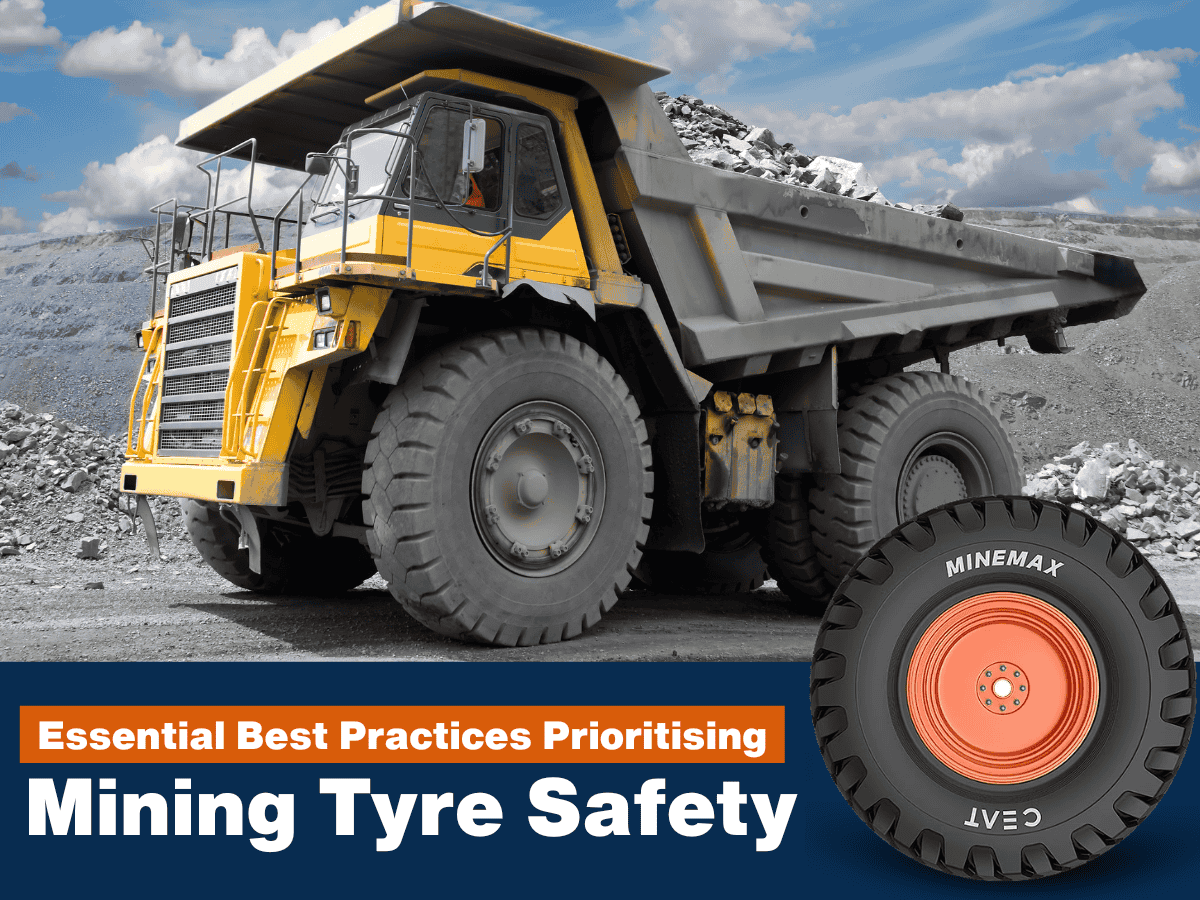ceat-speciality:blogs-tags/all,ceat-speciality:blogs-tags/tyre-care
To Ballast or Not
Sat, 4 May 2019 | PRODUCTS
Ballasting is utilized for equipment functionality and stability, as well as transferring power to the ground.
Commonly used ballasting materials include rocks, soil, cast iron, water, calcium chloride, magnesium chloride, beet juice and more. Some of these are relatively cheap while others are expensive. Some are environmentally friendly and others not so much. Some have lots of versatility while others do not.
— The most critical aspect of adding ballasting is how much weight to add and where to place these materials –
Agricultural and construction equipment with buckets or lifting forks have massive cast iron counterweights built into the design of the machine to provide functionality. Agricultural tractors have optional wheel, axle and suitcase weight packages to address total weight and the weight distribution that is critical to optimum performance.
Concerning farm tractors, the first critical factor is knowing the engine horsepower of the tractor and the axle weights. Ideally, the weight per horsepower ratio should be between 100 and 120 pounds/hp. The lighter weights are more desirable and efficient as long as there are no performance issues such as stability or wheel hop. Increased weight ratios may be utilized to reduce slip which increases efficiency especially in demanding applications.
The weight distribution is extremely important:
- For 2-wheel drive tractors, the weight distribution should be 30% on the front axle and 70% on the rear.
- MFWA tractors should have 35% on the front and 65% on the rear axle.
- Four-wheel drive tractors should carry 60% on the front and 40% on the rear axle.
Allowances for additional weight due to attachments should also be calculated into your weight distribution adjustments. Wheel weight, axle weight and suitcase weight packages are utilized to obtain the correct weight total and distribution.
Additional weight adjustments should include weight packages as the first option. Keep in mind that for optimum performance, the weight required often changes with the implement that is carried by the three-point hitch or pulled with the draw bar as well as the application.
Maximizing versatility with weight adjustments should be a major consideration. Adding liquid ballast into the tyre’s air chamber is the least desirable. Liquid ballast reduces performance due to inhibiting the deflection of the sidewalls of radial tyres. Liquid ballast is less versatile but may be utilized as part of your weight distribution program.
Air pressures should be set just above the maximum load carrying capacity you are expecting from your tyres based on the most demanding application. The calculated air pressures for roading are quite different from operational pressures for field work. Changing air pressures between road and field usage is time consuming and usually not practiced.
–– Air pressures should be set for the road application due to the higher speeds which is the most demanding from a load carrying aspect —
Under inflating tyres will damage the tyres and eventually lead to failure. Tyres are too expensive to risk failure from under inflation for any of your applications!
Correct weight distribution and overall weight totals are key to maximizing tractor performance and transfering power to the ground.

































































































































